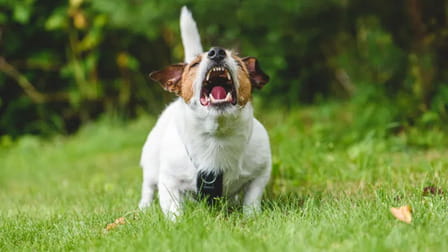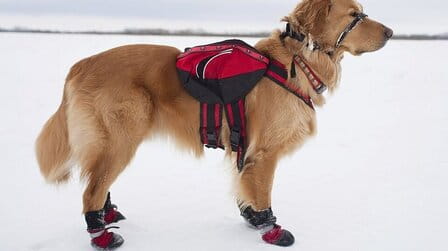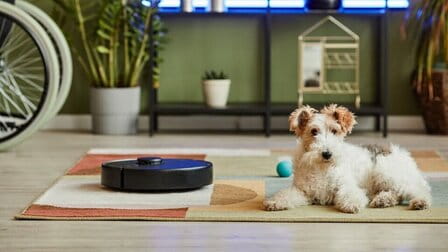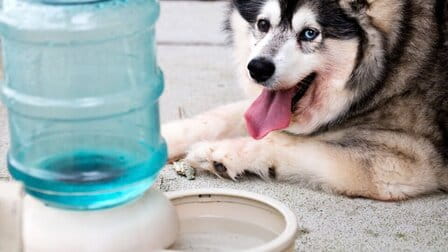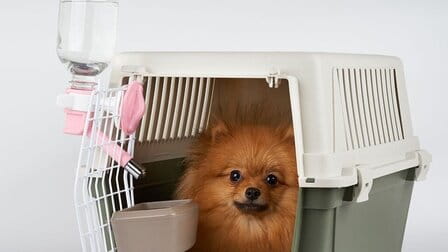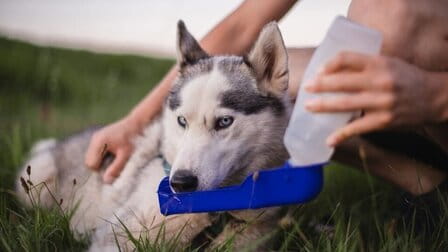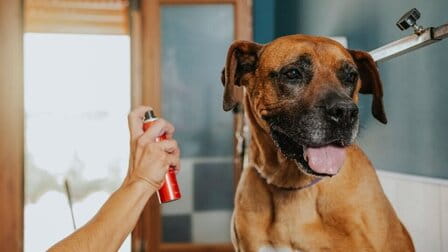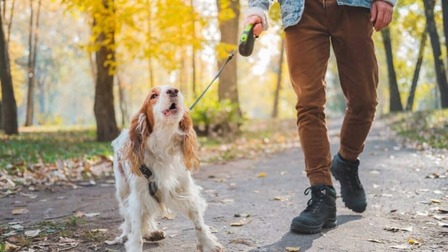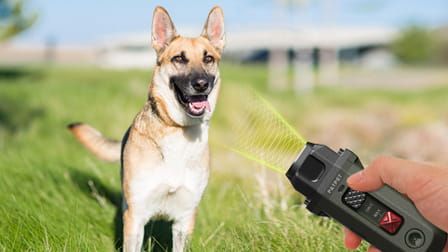When walking aggressive dogs, dog leashes are far superior to collars, and they are especially handy if your dog enjoys regular walks. It provides several obvious benefits to a dog while also improving handler control. Here are some benefits of harness for dogs:
1. Benefits of Harness for Dogs
Give the owner/handler better control over a rambunctious canine
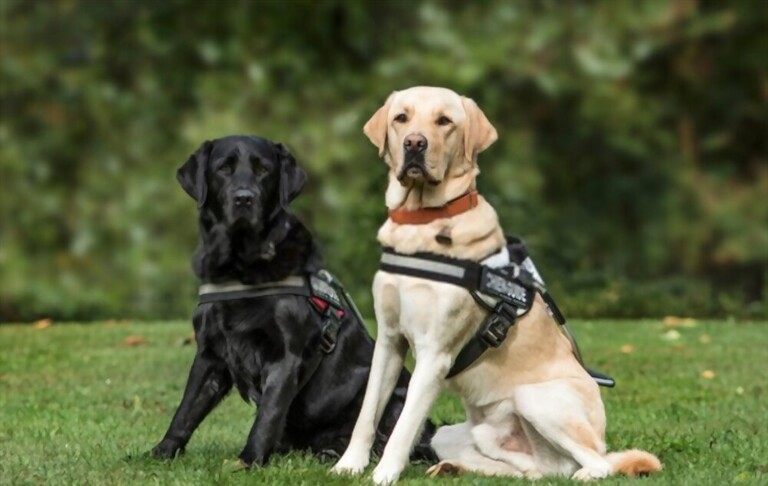
Large, powerful dogs can be difficult to control, especially on routes with a variety of odors and triggers. A harness, on the other hand, will assist you in keeping your eager dog under control when it wants to chase a bird, cat, or dog on a sidewalk or in a public park.
When you use a collar, you're applying pressure to the neck, and pulling on the neck might hurt small and fragile breeds. The harness, on the other hand, distributes the pressure across the back and the entire body.
Keep safe

Keeping safe is one of the benefits of harness for dogs. When putting a collar on a dog, the owner should not over tighten it and adjust it so that his two fingers can fit between the collar and the pet's body. A dog that wants to go away will most likely break free from its collar and sprint forward toward the interesting stimulus.
This is considered a potentially unsafe situation, and it can be problematic for dogs walking on busy sidewalks. It can also flee and hide somewhere you won't be able to find it.
Don’t allow your dog to pull on the leash

Stopping your dog from pulling on the leash is also one of the benefits of harness for dogs that most people like. A simple walk can seem like a tremendous effort for the owner trying to handle the situation if your beloved dog is always fighting with the leash around his neck.
The dog will tend to go ahead and pull you in the direction it desires with each pull on the collar. You'll be able to stop your pet's pulling behavior if you start using a harness on it. A dog will be unable to move ahead if it tries to pull the leash onto the harness. The leash is attached to a hook on the dog's back between its shoulders and directs forward motion in the opposite direction, which inhibits pulling.
Avoid getting a neck or tracheal injury

The puppy's neck will be strained if the leash is pulled to the collar. If this continues for an extended period of time, your dog will become traumatized. Such injuries can be difficult to notice at first since there may be no immediate pain, but discomfort may build over time as the situation worsens. Neck injuries are more common in smaller breeds, and a single tug of the leash linked to the collar can result in a severe neck injury and significant discomfort.
Because the neck area is frequently subjected to a lot of pressure, there is always a chance that the dog's trachea will be squeezed when wearing a collar. Some dogs have a severe cough as a result of this.
Collapse of the Trachea, which occurs when a dog's ducts weaken and compress, making it harder for them to breathe, is more common in small dog breeds and toys. The use of necklaces will only make this chronic illness worse. In such a case, switching to a harness is a must.
With a harness, you can avoid eye proposes
Protrusion occurs when the eyeball bulges out of the eye socket, and it is extremely prevalent in dogs. This dangerous ailment can be caused by the pressure exerted by the collar around the neck area. As a result, with the use of a harness, this scenario can be simply managed.
2. How to Care Your Dogs

- Provide a safe and clean living environment for your dog. A quality life requires protection from the elements and risks, as well as excellent cleanliness.
- Always keep your dog's fresh water to a minimum. Water intake should be kept at a minimum for optimal health and energy.
- Give food a preventive and quality diet. Overweight individuals and animals can harm their health in a variety of ways. You should rigorously follow your veterinarian's dietary recommendations for your dog's nutritional needs, which are based on size, age, activity level, and breed. As a reward, remember to offer healthful food instead of leftovers on the table.

- Allow your pets to be tested on a regular basis. Vaccination schedules, deworming, and external parasite management will be discussed with your veterinarian. As a result, you must remember the vaccination schedule in order to properly care for your pet when traveling. If you think your pet is sick, wounded, or has a problem, call your veterinarian right away. When it comes to keeping your dog healthy, your veterinarian is the most knowledgeable individual. As a team, work with him or her.
- Present an opportunity for your dog to work out. Make sure your dog gets the exercise he requires on a regular basis to keep healthy. Your dog will be more inclined to participate in activities it enjoys if it is in the proper shape.
- Communicate with your dog. Dogs are social animals who need to engage with their owners on a regular basis. Spending quality time with your dog will help you get to know him and understand his unique requirements, as well as enhance your ability to spot early signs of sickness. Furthermore, the time spent creating the relationship will aid in the prevention of a variety of undesirable behaviors.

- Instruct the dog to follow simple instructions. If you lack the necessary skills, you might seek assistance from professionals at dog training programs. The more basic and important orders your dog obeys, the more probable he or she will live a long and healthy life.
- Control of regeneration practice. Petting or snuggling is a good choice if you don't want to breed puppies. Plan for proper procedures to prevent mating if you intend to keep your dog or if you object to beatings and cruelty for other reasons. Your veterinarian should be consulted about other options.
Conclusion
Harnesses are available in a range of sizes and styles in pet stores and on the internet. When shopping, take into consideration the dog's size and temperament. The lanyard can be fastened at many spots on the harness. Attach the leash to the spot on the chest if your dog is determined to tug on it. When the dog returns home following his time outside, the harness must be removed. Use on a regular basis can produce tangles and irritate your dog's skin. You won't be able to ignore a harness once you've learned about the benefits of harnesses for dogs.

